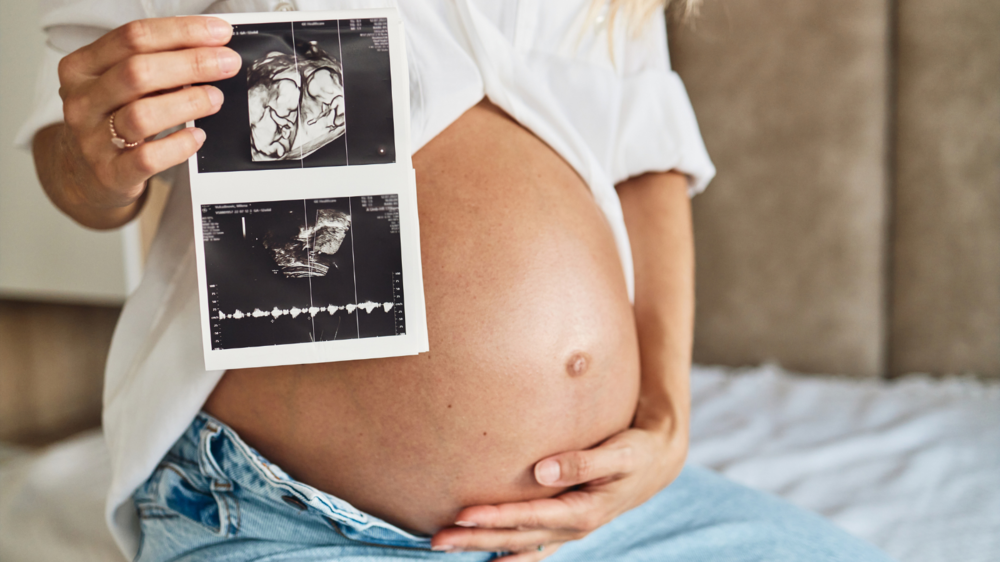In this article:
Understanding the symptoms, causes, and different types of conjoined twins can help you prepare for what lies ahead.
What Are Conjoined Twins?
Conjoined twins are identical twins who are physically joined at birth due to an incomplete separation of a single fertilised egg. This happens between 13 and 15 days after conception when the embryo doesn’t fully split into two separate individuals. As a result, the twins remain connected, often sharing parts of their bodies or internal organs. Conjoined twins are always the same sex and share identical DNA because they come from the same egg. However, the way their bodies are joined varies greatly. Each case of conjoined twins is unique and requires individualised medical care.Causes of Conjoined Twins
The exact reason why conjoined twins form isn’t fully understood, but it stems from a disruption during early embryonic development. Normally when identical twins form, a single fertilised egg splits completely to create two separate embryos. In conjoined twins, this splitting process is incomplete or delayed, leaving the embryos partially fused. There are two main theories about how this happens:- Fission theory: The embryo begins to split into two but doesn’t fully separate, resulting in twins who are physically connected.
- Fusion theory: Two separate embryos start to form but fuse together at some point during early development.
Symptoms of Conjoined Twins During Pregnancy
If you’re pregnant with conjoined twins, you won’t notice specific symptoms that set this condition apart from a typical twin pregnancy. However, you might experience some signs that are more intense than in a single-baby pregnancy, such as:- Feeling more tired than usual early in your pregnancy.
- Experiencing stronger nausea and vomiting.
- Noticing your uterus growing faster than expected for a single baby.
- Detecting excess amniotic fluid in the uterus.
Diagnosing Conjoined Twins
Conjoined twins are usually detected during routine prenatal ultrasounds, often as early as 7 to 12 weeks into your pregnancy. Though they’re more commonly identified in the second trimester, around 18 to 20 weeks. During an ultrasound, your doctor might notice that the twins don’t move independently or are constantly in close contact. Other clues include:- Difficulty distinguishing two separate heads or bodies.
- Unusual or complex foetal heart sounds.
- Limited mobility of each twin on the ultrasound.
- Magnetic Resonance Imaging (MRI): This provides detailed images of where the twins are joined and which organs they share.
- Echocardiogram: This uses sound waves to examine the twins’ hearts, checking if they share a heart or have separate ones.
Types of Conjoined Twins
Conjoined twins are classified based on where their bodies are joined and which organs or structures they share. Each type presents different medical challenges, and the point of connection affects the twins’ health and treatment options. The main types include:- Thoracopagus: The twins are joined face-to-face at the chest. This is the most common type, and they often share a heart. They may also share parts of the liver or upper digestive system.
- Omphalopagus: The twins are connected at the abdomen, near the belly button. They might share the liver, parts of the digestive system, or the biliary tract, but typically have separate hearts.
- Pygopagus: The twins are joined back-to-back at the lower spine or buttocks. They may share parts of the lower digestive system, urinary tract, or genital organs.
- Ischiopagus: The twins are joined at the pelvis, either face-to-face or end-to-end. They might share the lower digestive tract, liver, urinary, and genital organs. Each twin may have two legs, or they could share two or three legs.
- Parapagus: The twins are joined side-by-side at the pelvis and possibly parts of the chest or abdomen. They have separate heads but may share arms or legs, with variations like two, three, or four arms.
- Craniopagus: The twins are connected at the head, often sharing part of the skull and sometimes brain tissue. This rare type can pose certain neurological challenges.
- Cephalopagus: The twins are joined from the head down to the upper body, sharing a single head with faces on opposite sides and often a brain. This is one of the rarest types, and survival is uncommon.
- Rachipagus: The twins are joined back-to-back along the entire length of the spine. This type is extremely rare.
- Asymmetric conjoined twins: In rare cases, one twin is smaller and less developed than the other, appearing as a partially formed twin attached to the larger one.
- Foetus in fetu: An extremely rare condition where one twin is partially developed and found within the body of the other twin.
Learning that you’re carrying conjoined twins can feel overwhelming, but understanding the condition helps you work closely with your medical team. You can better prepare for the journey ahead by knowing the types of connections and how they’re diagnosed. Always rely on compassionate professionals for support and advanced medical care.
FAQs on Conjoined Twins: Symptoms, Causes, and Types
- Are conjoined twins always identical?
Yes. Conjoined twins are always identical because they come from the same fertilised egg. They are the same sex and share the same genetic material. - Do conjoined twins always share organs?
Not always. Some conjoined twins are connected only by skin or bones, while others may share vital organs like the heart, liver, or digestive system. Each case is unique.






